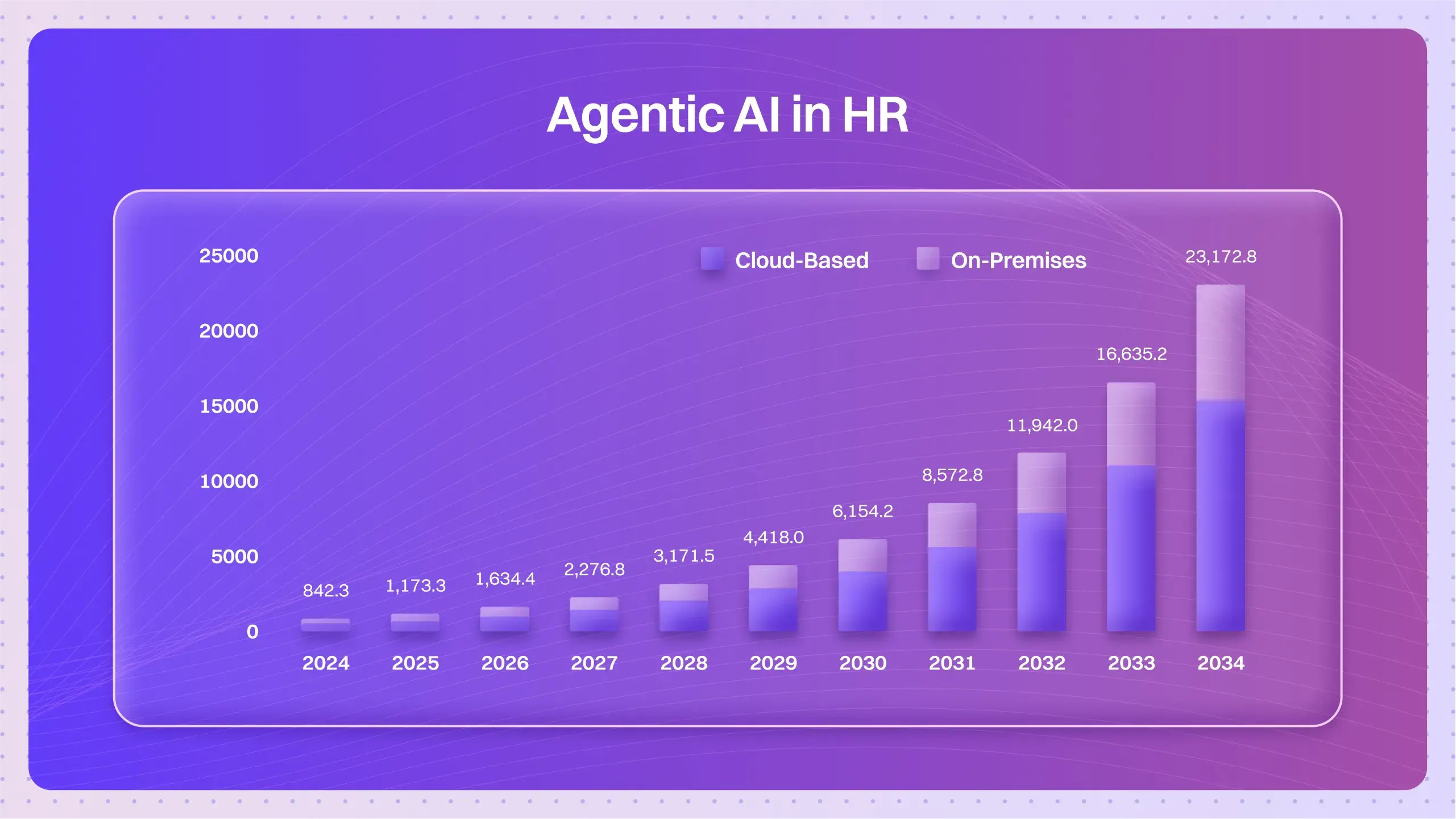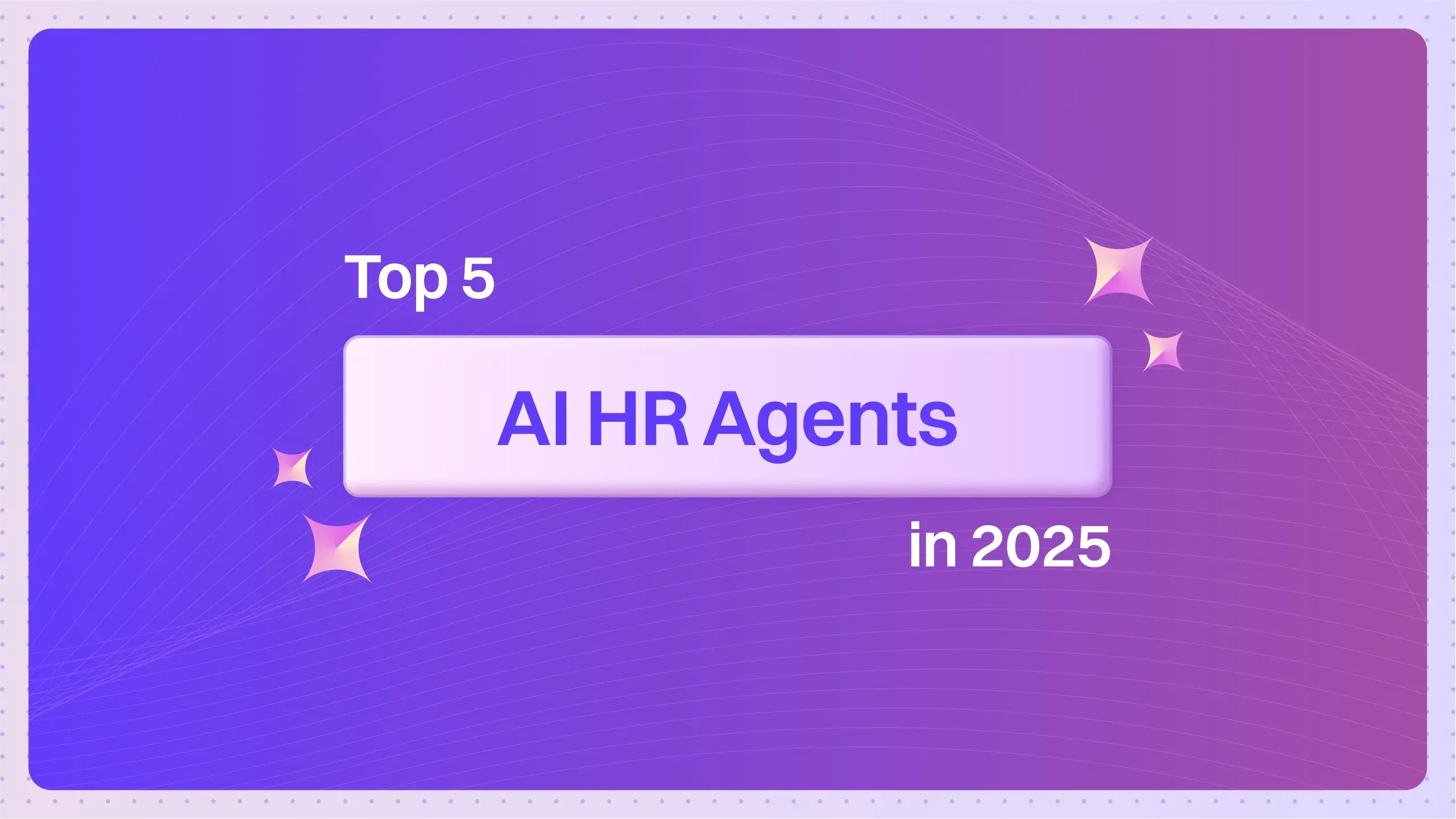What is Edge Computing?
Edge computing is a distributed computing paradigm that processes data closer to the source, enabling real-time data processing and reducing latency. It enhances efficiency by utilizing local devices for data analysis and supports various applications, including IoT and AI.
How does Edge Computing Operate and Function?
Edge Computing operates by bringing computation and data storage closer to the location where it is needed, thereby enabling real-time data processing and reducing latency. This decentralized approach allows data generated by devices to be processed locally instead of being sent to a centralized cloud server. Here are key aspects of how Edge Computing functions:
- Data Processing: Edge devices process data locally, allowing for faster decision-making and immediate response times.
- Reduced Latency: By minimizing the distance data must travel, Edge Computing significantly lowers the latency associated with data transmission.
- Bandwidth Efficiency: Local processing reduces the amount of data sent over the network, conserving bandwidth and reducing costs.
- Real-Time Insights: Edge AI capabilities enable intelligent processing at the edge, allowing for real-time insights and analytics.
- Enhanced Security: Keeping sensitive data on local devices reduces exposure to potential data breaches during transmission.
By implementing Edge Computing, organizations can leverage the benefits of local data processing, such as improved speed, reduced costs, and enhanced security, making it a vital component of modern IT architecture.
Common Uses and Applications of Edge Computing
Edge computing is transforming the way data is processed and analyzed by bringing computation closer to the source of data generation. This technology is particularly beneficial in scenarios requiring real-time data processing and analysis. Here are some key applications of edge computing in various industries:
- IoT Devices: Edge computing supports IoT by processing data locally, reducing latency and improving response times.
- Smart Cities: It powers smart traffic management systems, enhancing urban infrastructure efficiency.
- Healthcare: Enables real-time patient monitoring and data analysis at the edge, improving response rates in critical situations.
- Manufacturing: Facilitates predictive maintenance by analyzing machine data locally, minimizing downtime.
- Retail: Enhances customer experience through localized data analytics, enabling personalized marketing strategies.
- Autonomous Vehicles: Processes vast amounts of sensor data in real-time, ensuring safety and operational efficiency.

What are the Advantages of Edge Computing?
Edge Computing offers numerous benefits that enhance operational efficiency and data management in today’s technology landscape. By processing data closer to the source, it significantly improves response times and reduces latency. Here are some key advantages:
- Real-time Processing: Enables immediate data analysis and decision-making.
- Reduced Latency: Minimizes delays by processing data locally instead of relying on distant servers.
- Bandwidth Efficiency: Decreases the amount of data sent to the cloud, saving bandwidth and costs.
- Enhanced Security: Local data processing reduces exposure to potential cyber threats.
- Scalability: Easily accommodates an increasing number of connected devices.
- Improved Reliability: Maintains functionality even with limited or no internet connectivity.
Incorporating Edge Computing into your infrastructure can lead to significant advancements in performance and resource management.
Are there any Drawbacks or Limitations Associated with Edge Computing?
While Edge Computing offers many benefits, it also has limitations such as:
1. Security Concerns: More endpoints can lead to increased vulnerability to attacks.
2. Data Management: Handling distributed data can complicate analytics and storage.
3. Initial Costs: Setting up edge devices and infrastructure can require significant investment.
These challenges can impact the overall performance and reliability of applications relying on Edge Computing.
Can You Provide Real-life Examples of Edge Computing in Action?
For example, Edge Computing is used by smart cities like Barcelona to process data from sensors for traffic management in real-time. This demonstrates how local data processing can lead to improved urban mobility and reduced congestion.
How does Edge Computing Compare to Similar Concepts or Technologies?
Compared to Cloud Computing, Edge Computing differs in data processing location. While Cloud Computing focuses on centralized processing, Edge Computing processes data closer to the source. This reduces latency and is more effective for applications requiring immediate insights, such as IoT devices and autonomous vehicles.
What are the Expected Future Trends for Edge Computing?
In the future, Edge Computing is expected to evolve by integrating more advanced AI capabilities and becoming more widely adopted across various industries. These changes could lead to improved real-time analytics, more robust IoT ecosystems, and greater collaboration between edge and cloud solutions.


What are the Best Practices for Using Edge Computing Effectively?
To use Edge Computing effectively, it is recommended to:
1. Assess Network Requirements: Understand bandwidth and latency needs.
2. Prioritize Security: Implement robust security measures for data protection.
3. Select the Right Use Cases: Identify applications that benefit most from edge processing.
Following these guidelines ensures optimal performance and security.
Are there Detailed Case Studies Demonstrating the Successful Implementation of Edge Computing?
Yes, a notable case study involves a manufacturing company that integrated Edge Computing to monitor machinery performance in real-time. By processing data on-site, the company achieved a 20% reduction in downtime and improved predictive maintenance capabilities. This highlights the significant benefits of implementing Edge Computing in industrial settings.
What Related Terms are Important to Understand along with Edge Computing?
Related Terms: Related terms include Fog Computing and IoT (Internet of Things), which are crucial for understanding Edge Computing because they emphasize the importance of distributing computing resources and managing large networks of connected devices, respectively.
What are the Step-by-step Instructions for Implementing Edge Computing?
To implement Edge Computing, follow these steps:
1. Identify Use Cases: Determine where edge processing is most beneficial.
2. Assess Infrastructure: Evaluate existing hardware and software capabilities.
3. Deploy Edge Devices: Install and configure edge devices for data processing.
4. Implement Security Protocols: Ensure data protection measures are in place.
5. Monitor and Optimize: Continuously track performance and make adjustments as necessary.
These steps ensure a structured approach to successful implementation.
Frequently Asked Questions
Q: What is edge computing?
A: Edge computing refers to the practice of processing data closer to the source of data generation, rather than relying solely on a centralized data center.
1: It reduces latency by minimizing the distance data has to travel,
2: It enables faster decision-making and real-time analytics.
Q: What are the benefits of using edge AI?
A: Edge AI allows for local data processing, which can improve response times and reduce bandwidth usage.
1: It enables real-time insights and actions based on local data,
2: It enhances privacy by keeping sensitive data on local devices.
Q: How does edge computing enable real-time processing?
A: By processing data at the edge of the network, edge computing minimizes delays in data transmission.
1: This allows for faster data analysis and response,
2: It is crucial for applications like IoT, autonomous vehicles, and smart cities.
Q: What are key aspects of implementing edge computing?
A: Implementing edge computing requires careful planning and infrastructure setup.
1: It involves deploying edge devices that can process data locally,
2: It also requires a strategy for data management and security.
Q: What types of devices benefit from edge computing?
A: Various devices can benefit from edge computing, including IoT devices, sensors, and gateways.
1: These devices can analyze data in real-time,
2: They help reduce the load on centralized servers.
Q: How does edge computing impact data privacy?
A: Edge computing can enhance data privacy by keeping sensitive information closer to its source.
1: Data can be processed locally without being sent to centralized servers,
2: This reduces the risk of data breaches during transmission.
Q: What industries can benefit from edge computing?
A: Many industries can leverage edge computing for improved performance.
1: Manufacturing can use it for predictive maintenance,
2: Healthcare can benefit from real-time patient monitoring.






